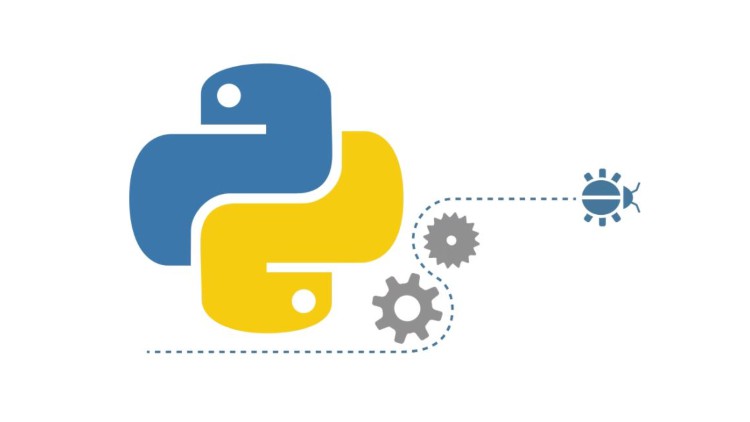
Build Real Applications with Python
What you will learn
Learn to build programs with Python Idle
Build a Python calculator
Build a Python countdown timer
Build a Python digital clock
Build a Python random number generator
Build a Python number guessing game
Build a Python times tables generator
Description
Python is an interpreted high-level general-purpose programming language. Its design philosophy emphasizes code readability with its use of significant indentation. Its language constructs as well as its object-oriented approach aim to help programmers write clear, logical code for small and large-scale projects.
What can Python do?
- Python can be used on a server to create web applications.
- Python can be used alongside software to create workflows.
- Python can connect to database systems. It can also read and modify files.
- Python can be used to handle big data and perform complex mathematics.
- Python can be used for rapid prototyping, or for production-ready software development.
- Why Python?
- Python works on different platforms (Windows, Mac, Linux, Raspberry Pi, etc).
- Python has a simple syntax similar to the English language.
- Python has syntax that allows developers to write programs with fewer lines than some other programming languages.
- Python runs on an interpreter system, meaning that code can be executed as soon as it is written. This means that prototyping can be very quick.
- Python can be treated in a procedural way, an object-oriented way or a functional way.
The most recent major version of Python is Python 3, which we shall be using in this course. However, Python 2, although not being updated with anything other than security updates, is still quite popular.
In this course Python will be written in a text editor. It is possible to write Python in an Integrated Development Environment, such as , Pycharm, Netbeans or Eclipse which are particularly useful when managing larger collections of Python files.
Content